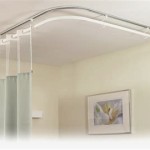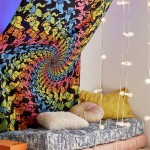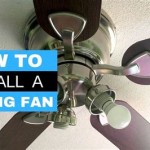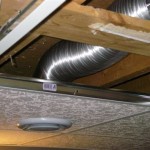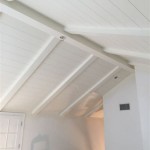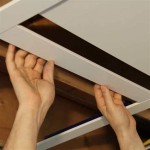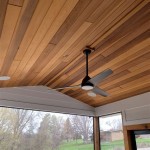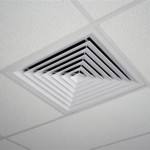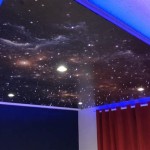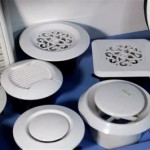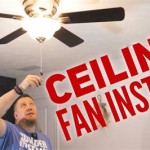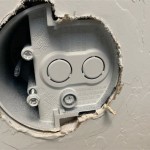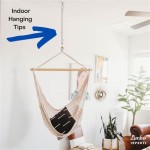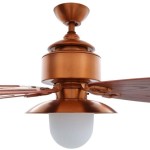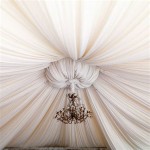Faux Coffered Ceiling Ideas: Achieving Architectural Elegance Without the Structural Investment
Coffered ceilings, characterized by their recessed panels or grids, have long been a hallmark of sophisticated interior design. They add depth, visual interest, and a sense of grandeur to any space. However, traditional coffered ceilings require significant structural modifications, often involving substantial costs and labor. Fortunately, faux coffered ceilings offer an appealing alternative, providing the aesthetic benefits without the extensive reconstruction. This article explores various faux coffered ceiling ideas, detailing materials, techniques, and design considerations for incorporating this elegant feature into diverse architectural styles.
Understanding the Advantages of Faux Coffered Ceilings
Faux coffered ceilings present several key advantages over their traditional counterparts. Firstly, the installation process is significantly less invasive and time-consuming. Traditional coffered ceilings necessitate structural alterations to support the weight and integrate the recessed panels. Faux coffered ceilings, on the other hand, can be installed directly onto existing ceilings with minimal disruption. This simplifies the project and reduces labor costs. Secondly, faux coffered ceilings are generally more affordable. The materials used, such as wood, MDF (Medium-Density Fiberboard), or even foam, are typically less expensive than the structural lumber required for traditional construction. This makes the coffered ceiling aesthetic accessible to a wider range of homeowners. Finally, faux coffered ceilings offer flexibility in design and material selection. Homeowners can customize the panel size, shape, and finish to seamlessly integrate with their existing décor. The lightweight nature of the materials also allows for creative designs that might be structurally challenging with traditional methods.
Exploring Material Options for Faux Coffered Ceilings
The choice of material significantly impacts the overall look and feel of a faux coffered ceiling. Each material offers unique characteristics in terms of cost, durability, weight, and ease of installation.
Wood: Wood is a classic and versatile material for creating a realistic coffered ceiling effect. Solid wood provides a premium look and feel but can be more expensive and heavier than other options. Pine and poplar are common choices due to their affordability and workability. However, solid wood is susceptible to warping and cracking, especially in humid environments. To mitigate this, consider using kiln-dried lumber and applying a protective sealant. Wood veneer offers an alternative that combines the aesthetic appeal of wood with the stability of a composite substrate. Wood veneer panels are typically applied to an MDF or plywood core, providing a durable and dimensionally stable option. The finishing options for wood are extensive, ranging from staining and varnishing to painting. This allows for seamless integration with existing woodwork and décor.
MDF (Medium-Density Fiberboard): MDF is a cost-effective and readily available material that is well-suited for faux coffered ceilings. It's a composite material made from wood fibers and resin, resulting in a smooth, consistent surface. MDF is easy to cut, shape, and paint, making it ideal for creating intricate panel designs. However, it's important to note that MDF is susceptible to moisture damage and should be sealed or painted on all sides to prevent swelling and warping. It's also denser than wood, which can add weight to the ceiling structure. Proper support and anchoring are crucial when installing MDF panels.
Polyurethane Foam: Polyurethane foam offers a lightweight and highly customizable option for faux coffered ceilings. It's available in various densities and can be molded into intricate shapes and patterns. Polyurethane foam is resistant to moisture, insects, and rot, making it a durable choice for humid environments. It's also relatively easy to install, as it can be cut with a utility knife and attached to the ceiling with adhesive or screws. Polyurethane foam can be painted or faux finished to mimic the look of wood or other materials. However, it's important to select a high-quality foam that is resistant to dents and scratches.
PVC (Polyvinyl Chloride): PVC is a durable and waterproof plastic material that is increasingly used in construction and interior design. PVC trim and molding are available in various profiles and can be easily cut and installed to create a faux coffered ceiling effect. PVC is resistant to moisture, insects, and rot, making it a low-maintenance option for bathrooms and kitchens. It's also lightweight and relatively inexpensive. However, PVC can have a less natural appearance than wood or MDF, and it may require specialized adhesives and fasteners for installation. It's also crucial to select a PVC product that is designed for interior use and is free of harmful chemicals.
Design Considerations for Implementing Faux Coffered Ceilings
Careful planning and design are crucial for a successful faux coffered ceiling installation. The size, shape, and spacing of the panels should be carefully considered to complement the room's dimensions and architectural style.
Panel Size and Proportion: The size of the coffered panels should be proportional to the room's dimensions. In larger rooms, larger panels can create a more dramatic and visually appealing effect. Smaller rooms may benefit from smaller, more closely spaced panels to avoid overwhelming the space. The aspect ratio of the panels, or the ratio of length to width, should also be considered. Rectangular panels can elongate a room, while square panels can create a sense of balance and symmetry. It is advisable to create a scaled drawing or a 3D model to visualize the final result before beginning the installation.
Spacing and Grid Layout: The spacing between the coffered panels also plays a significant role in the overall design. A consistent grid layout creates a sense of order and symmetry. However, variations in spacing can be used to create visual interest or to highlight specific areas of the room. For example, wider spacing between the panels in the center of the room can draw attention to a focal point, such as a chandelier or a fireplace. The grid layout should also align with existing architectural features, such as windows, doors, and light fixtures. This ensures a cohesive and harmonious design.
Lighting Integration: Coffered ceilings provide an excellent opportunity to integrate lighting into the overall design. Recessed lighting can be installed within the coffered panels to provide ambient lighting or to highlight specific architectural details. Pendant lights or chandeliers can be suspended from the center of the panels to create a focal point. Indirect lighting, such as LED strip lights, can be installed behind the panels to create a soft, diffused glow. The type and placement of lighting should be carefully considered to complement the room's function and to enhance the coffered ceiling's aesthetic appeal.
Color and Finish: The color and finish of the coffered panels should be carefully chosen to complement the room's existing décor. A classic white or off-white finish can create a clean and elegant look. Staining the panels to match existing woodwork can create a seamless and cohesive design. Painting the panels in a contrasting color can add visual interest and drama. The choice of finish, whether matte, satin, or gloss, should also be considered. Matte finishes tend to be more forgiving of imperfections, while gloss finishes can create a more reflective and luxurious look. Samples of the chosen color and finish should be tested in the room's lighting conditions before committing to the final design.
Crown Molding and Trim: Crown molding and trim are essential elements for creating a realistic and polished faux coffered ceiling. Crown molding can be used to frame the coffered panels and to create a transition between the ceiling and the walls. Trim can be used to add detail and dimension to the panels. The style and scale of the crown molding and trim should be carefully chosen to complement the room's architectural style. For example, a traditional room may benefit from ornate crown molding with intricate details, while a modern room may benefit from simpler, more streamlined trim. The crown molding and trim should be installed with precision and care to ensure a seamless and professional finish.
The design and installation of a faux coffered ceiling require careful planning and attention to detail. By considering the material options, design considerations, and installation techniques outlined in this article, homeowners can achieve a stunning and elegant ceiling that enhances the overall aesthetic of their space.

Faux Coffered Ceiling Confessions Of A Serial Do It Yourselfer

Faux Coffered Ceiling Confessions Of A Serial Do It Yourselfer

Diy Coffered Ceilings With Moveable Panels Renovation Semi Pros

Easy Diy Coffered Ceiling Idea Simple Low Profile Design Steps And

Diy Coffered Ceilings With Moveable Panels Renovation Semi Pros

Faux Coffered Ceiling Confessions Of A Serial Do It Yourselfer

Diy Rustic Coffered Ceiling Remodelando La Casa
Diy Coffered Ceilings

Install A Flat Coffered Ceiling Low Profile Design Beautiful Diy Makeover Idea

Easy Diy Coffered Ceiling Idea Simple Low Profile Design Steps And Dining Room
Related Posts

